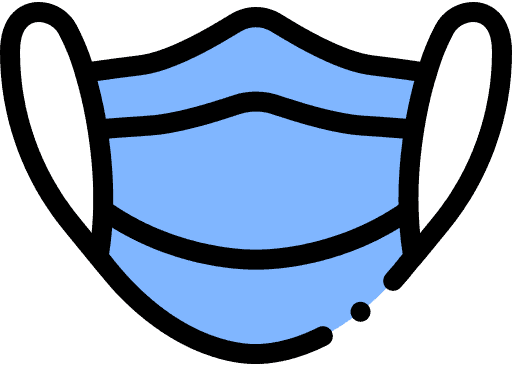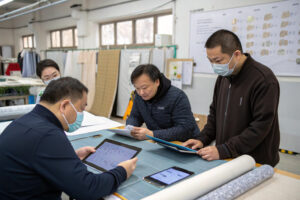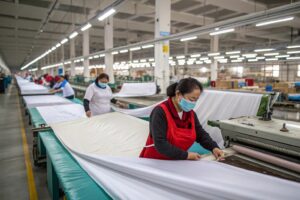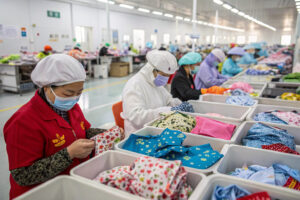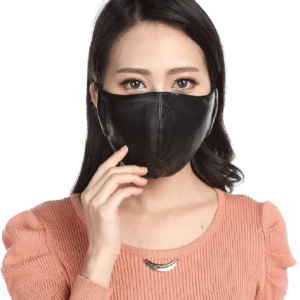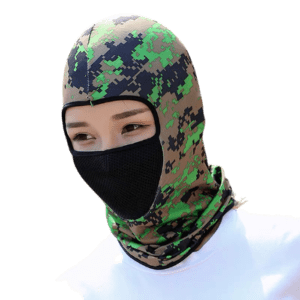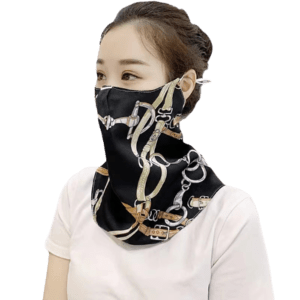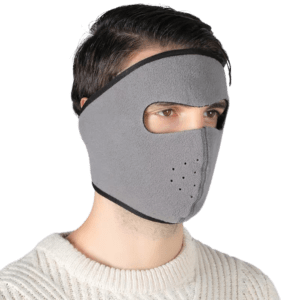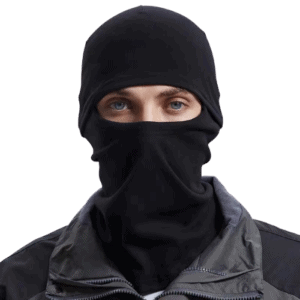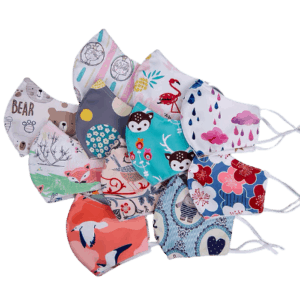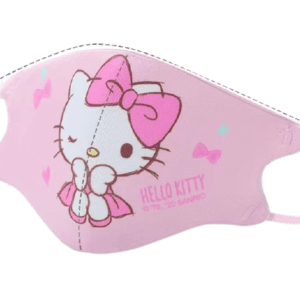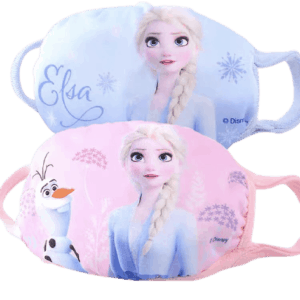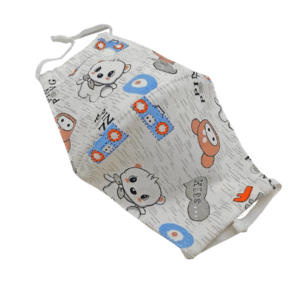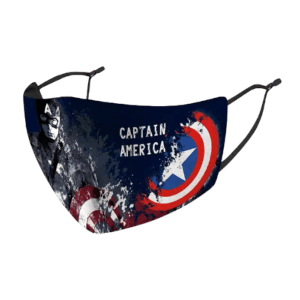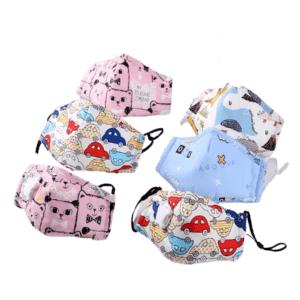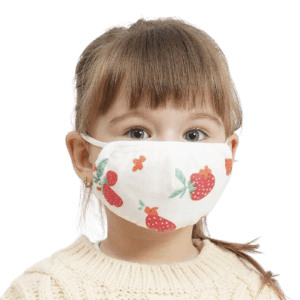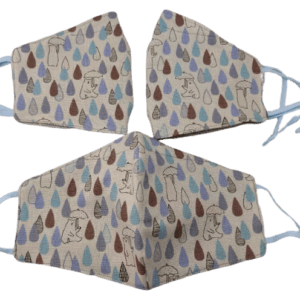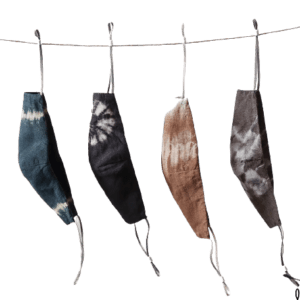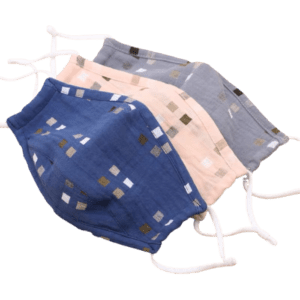With the surge in global demand for fabric face masks, the debate between 2-layer and 3-layer designs has become a frequent concern for buyers. How many layers are ideal for balancing protection and comfort—especially in high-volume orders for retail or institutional use?
Multi-layer fabric masks offer varying levels of protection and breathability, with 3-layer masks generally delivering higher filtration but slightly less airflow than 2-layer versions. The right choice depends on intended use, target market, and budget.
At ChinaClothMask, we’ve manufactured over 12 million multi-layer masks across all formats. In this post, I’ll share performance insights and industry standards that help you decide which option is best for your next bulk order.
What’s the Structural Difference Between 2-Layer and 3-Layer Masks?
The number of layers directly influences how well a mask filters particles and how comfortably it breathes.
A typical 2-layer mask uses two woven or knit layers—often cotton or cotton-poly blends—while a 3-layer mask inserts an inner layer of nonwoven or filter material for added protection.
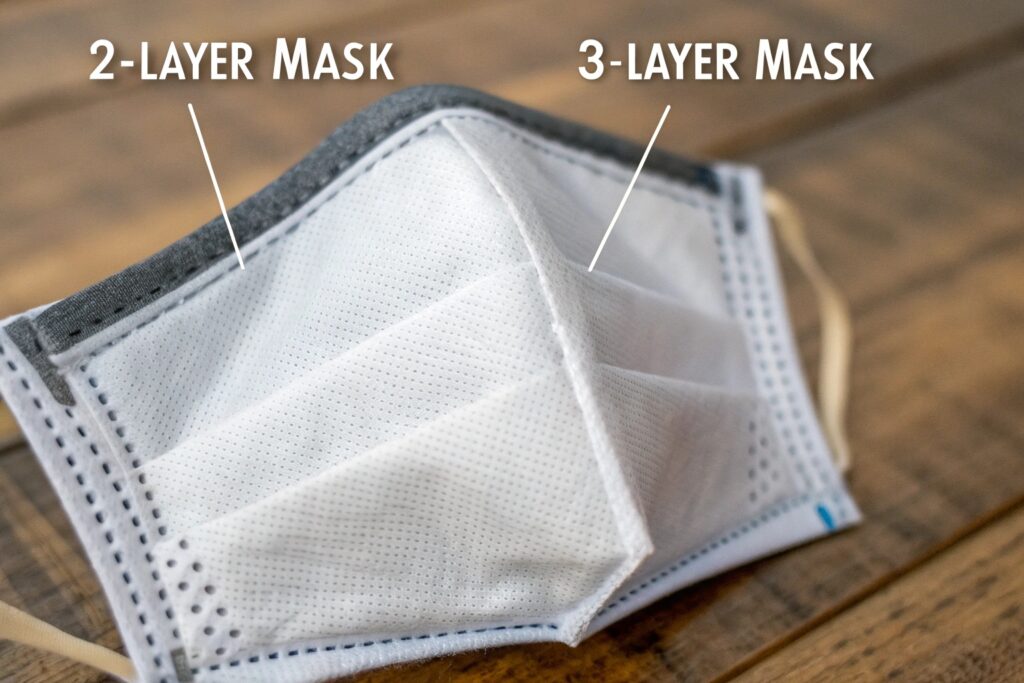
What Does Each Layer Typically Do?
In 3-layer masks:
- Outer Layer: Repels moisture
- Middle Layer: Filters particles (often melt-blown, spunbond, or nonwoven polypropylene)
- Inner Layer: Absorbs breath moisture
2-layer masks usually combine outer and inner tasks, which lowers filtration but improves breathability.
Are There Hybrid 2.5-Layer Designs?
Yes. Some clients opt for 2 layers with a hidden pocket for optional PM2.5 filters. This gives customers flexibility while simplifying factory production.
How Do These Layers Impact Filtration Efficiency?
Protection performance is often the top concern for institutional buyers and health-related use cases. Filtration is measured by the percentage of particles blocked in lab testing.
3-layer masks typically filter 70–90% of particles 0.3–1.0 microns in size, while 2-layer masks range from 40–60% depending on fabric tightness and weave.

Are There Global Standards for Filtration?
Yes. ASTM F3502 (U.S.), AFNOR SPEC S76-001 (France), and CWA 17553 (EU) specify filtration and breathability criteria. We use these in all performance simulations at our in-house testing lab.
What Materials Affect Filtration the Most?
Filtration improves with tighter weaves (e.g., 600-thread count cotton), electrostatic nonwovens, and layered knits. We also blend polyester microfiber to enhance capture without blocking airflow.
How Does Layer Count Affect Breathability and Comfort?
Breathability is just as important as filtration—especially for children, sports users, or employees who wear masks for 8+ hours.
2-layer masks typically have air permeability scores of 180–250 mm/s (tested via ASTM D737), while 3-layer designs average 90–150 mm/s. This makes 2-layer versions feel cooler and lighter.
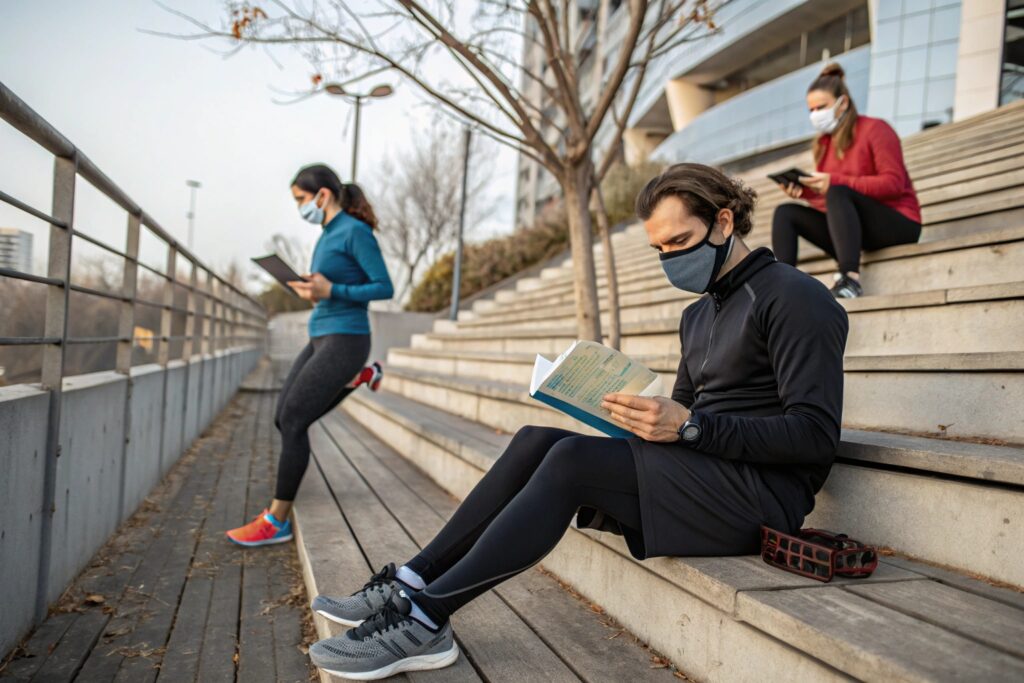
When Should Breathability Take Priority?
For summer retail, schools, or low-density environments, 2-layer masks are favored. For instance, our California fitness client switched to ultra-breathable modal-cotton blends for better compliance among staff and users.
Can 3-Layer Masks Be Made Comfortable Too?
Yes—using moisture-wicking inners (e.g., bamboo jersey), filter-grade middles, and soft cotton outers. We balance all three in our performance athletic masks for sports distributors in Germany and Korea.
What’s the Production and Cost Difference Between 2 and 3 Layers?
From a factory’s perspective, every added layer increases complexity—cutting, sewing, QC, and time. But higher protection also commands higher price points.
3-layer masks cost 18–30% more to produce than 2-layer equivalents, depending on materials and processing. However, they allow brands to target institutional, medical, and premium markets.
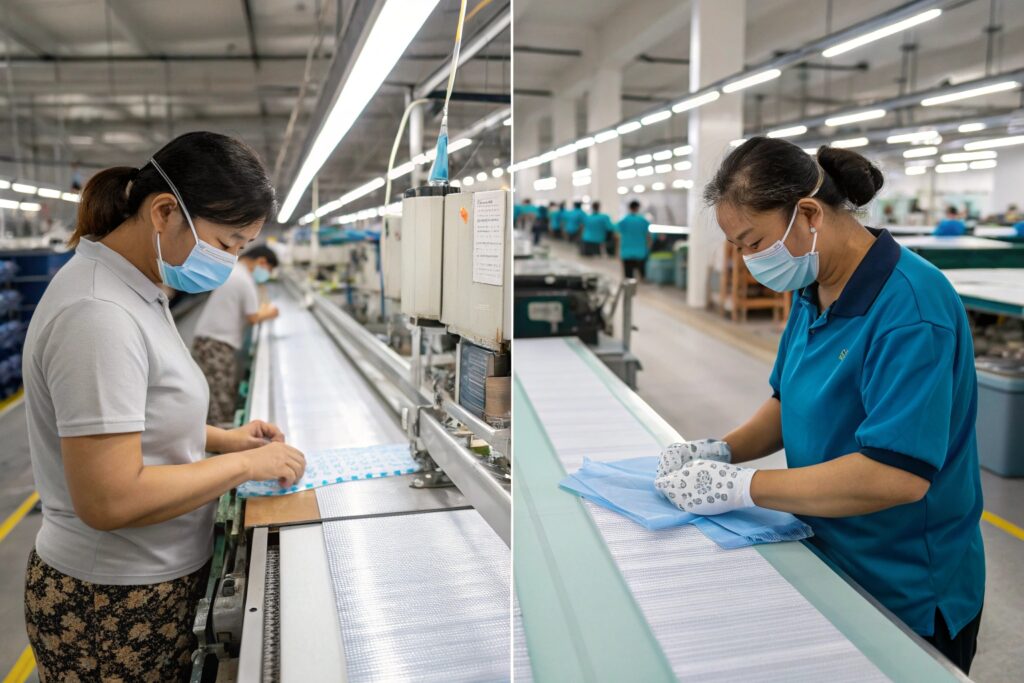
How Do Lead Times Compare?
2-layer masks can be ready in 10–14 days from approved sample. 3-layer versions take 14–20 days, mostly due to filter media sourcing and layered assembly.
Are MOQ Requirements Different?
Minimums are similar, but factories may require 3-layer orders to be 2,000 pcs or more due to setup cost. At ChinaClothMask, we offer mixed-layer programs where buyers can test both SKUs in one production run.
Conclusion
Choosing between 2-layer and 3-layer fabric face masks depends on your audience, purpose, and price point. 2-layer masks deliver excellent breathability and affordability—perfect for retail or giveaways. 3-layer masks offer enhanced filtration and structure for markets that demand higher protection. At ChinaClothMask, we help you balance both options based on your needs—backed by real testing data, flexible MOQ, and on-time global delivery. Let us help you make the right call—layer by layer.
